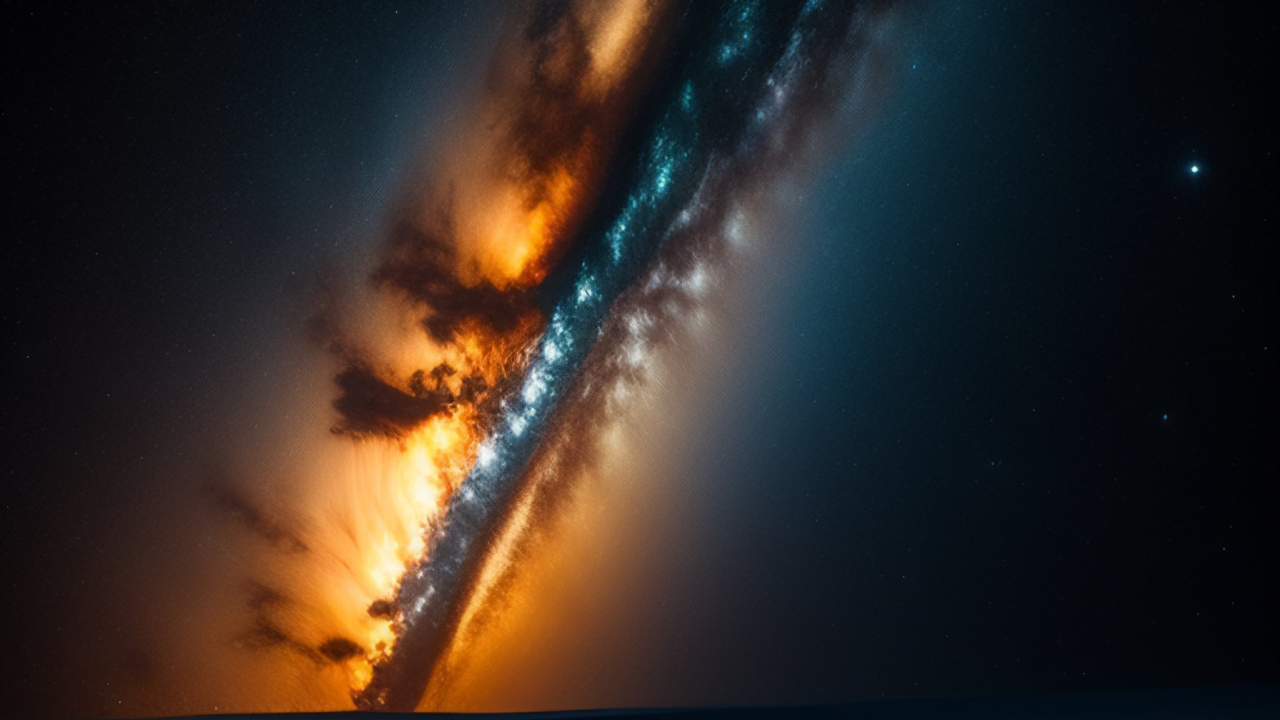
The researchers used the state-of-the-art telescope to study the motions of the clouds which were bringing hotter material up and pushing colder material down on the planetary mass companion VHS 1256 b, about 40 light-years away from Earth.
Identifying for the first time the largest ever number of molecules at once on a planet outside our solar system, the team also discovered clear detections of water, methane and carbon monoxide with Webb’s data, and found evidence of carbon dioxide.
The study is published in The Astrophysical Journal Letters.
“This result speaks to the incredible combination of capabilities that is offered by JWST, and a huge amount of credit goes to the hundreds of engineers, technicians, and scientists that have worked over the last 20 years to make JWST a reality,” said Sasha Hinkley, professor at the University of Exeter.
Owing to the planet’s low gravity, its clouds of sand, or silicate clouds, appear and remain higher in its atmosphere, making it easier for the telescope to detect them.
The planet is also considered to be a “young planet” at only 150 million years old, by the study. This is another reason that its skies are turbulent, the study said.
“We’ve identified silicates, but better understanding which grain sizes and shapes match specific types of clouds is going to take a lot of additional work. This is not the final word on this planet – it is the beginning of a large-scale modeling effort to fit Webb’s complex data,” said lead author Brittany Miles of the University of Arizona, US.
“This is an exciting finding because it illustrates how different clouds on another planet can be from the water vapour clouds we are familiar with on the Earth. These silicate clouds are like a perpetual, very fine-grained but very hot sandstorm in the atmosphere.
“Directly observing them answers some longstanding questions in astronomical research and is a significant step on our journey to understand planetary-mass objects such as this,” said Beth Biller, co-author of the study and professor, University of Edinburgh, UK.
The data analysed by the team was gathered by two instruments on Webb, the Near-Infrared Spectrograph (NIRSpec) and the Mid-Infrared Instrument (MIRI).
The scientists were also able to observe the planet directly because of its great distance from its stars, rather than using the transit technique or a coronagraph to take these data.
